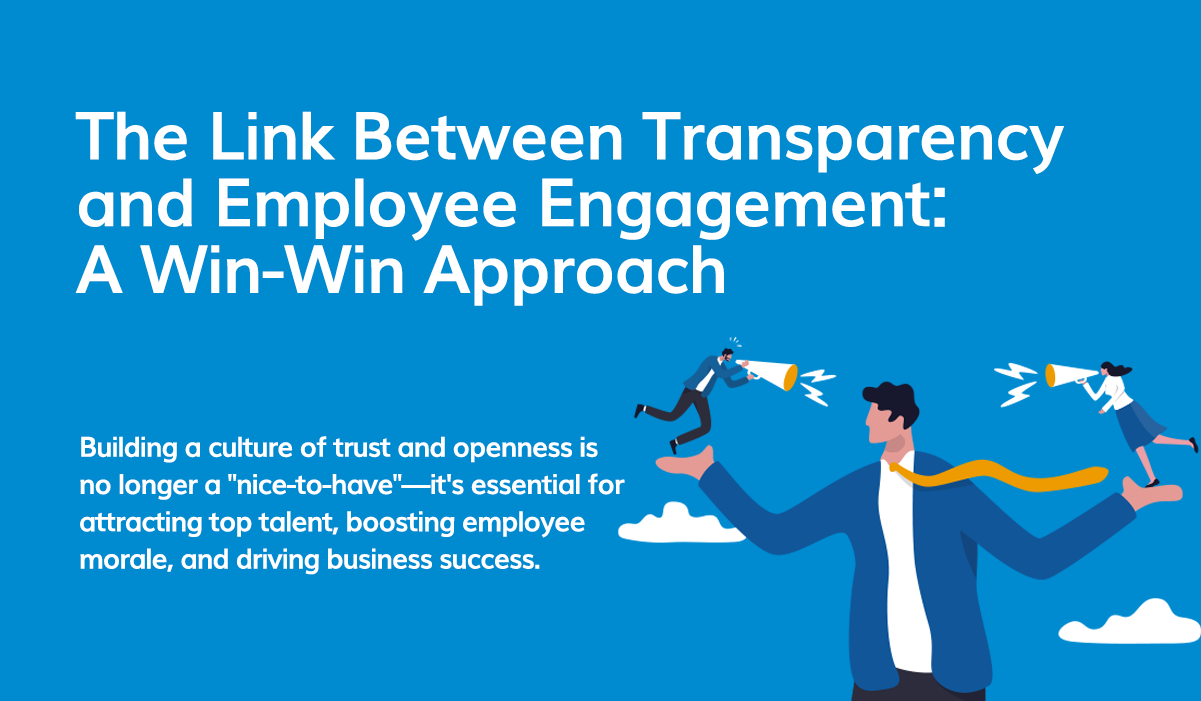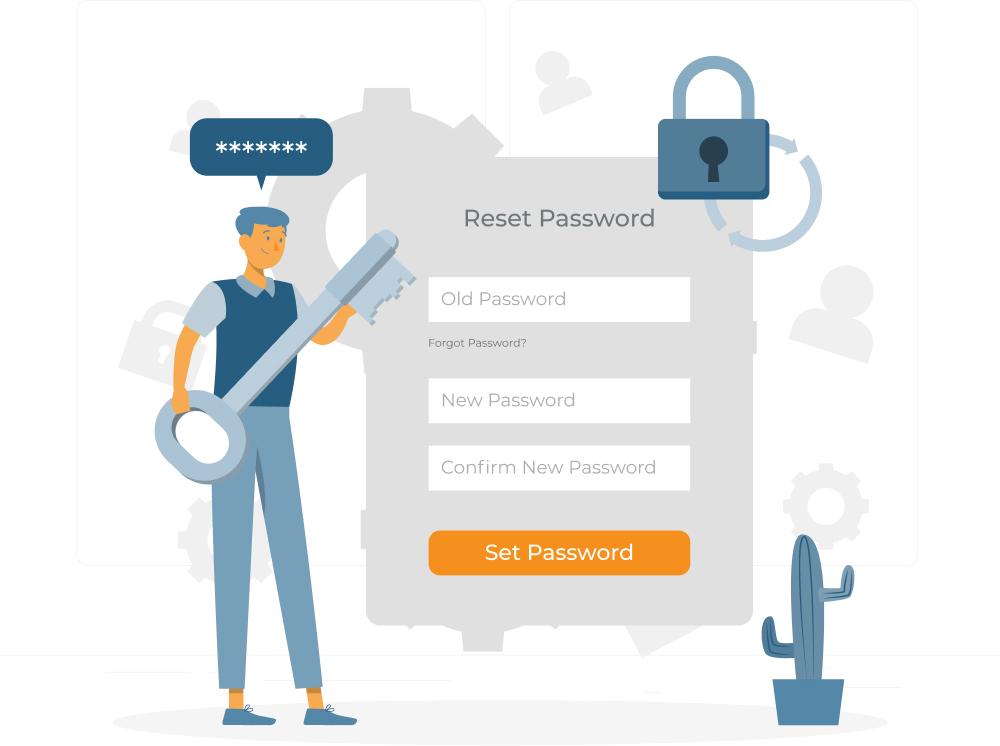In a business landscape demanding agility, building a culture of trust and openness is no longer a “nice-to-have”—it’s essential for attracting top talent, boosting employee morale, and driving business success. This is where transparency comes into play. Workplace transparency fosters a win-win scenario for both employers and employees. Let’s delve into the reasons why and how you can implement this approach.
 What Does Transparency in the Workplace Mean?
What Does Transparency in the Workplace Mean?
Transparency in the workplace means open communication, sharing information, and providing clarity regarding decisions and processes. This includes:
Clear goals and expectations: Employees thrive when they understand how their work ties into the larger picture.
Honest feedback: Both positive and constructive feedback are key to growth.
Open dialogue: Fostering an environment where employees feel comfortable asking questions and raising concerns.
Financial transparency (where appropriate): Sharing relevant insights into a company’s financial health can build trust and ownership.
Why Transparency Matters for Employee Engagement
Employee engagement is a powerful predictor of business outcomes. When employees are engaged, they’re more productive, innovative, and likely to stay with the company. Transparency directly fuels this engagement:
Builds trust: Transparency is a big factor in determining employee happiness. When employees feel their leaders are honest and forthcoming, trust forms the foundation for positive relationships.
Boosts motivation: Transparent communication about goals and the reasoning behind decisions empowers employees to understand the ‘why’ behind their work, increasing motivation and investment.
Creates a sense of belonging: A transparent culture makes employees feel included and like valued members of the team. This sense of belonging is crucial for engagement and retention.
Encourages accountability: Transparent processes for tracking goals and performance encourage employees to own their work, increasing accountability for results.
Steps to Increase Workplace Transparency
Fostering transparency isn’t an overnight change, but with consistent effort, you can transform your workplace culture:
Lead from the top: Leaders must exemplify transparency. Hold regular town halls, share company updates, and embrace open and honest communication at all levels.
Clarity in communication: Set clear expectations for projects, define success metrics, and provide feedback regularly. Leave no room for ambiguity.
Encourage open dialogue: Create safe spaces for employees to ask questions, offer feedback and challenge ideas constructively. This could be through regular team meetings, surveys, or suggestion boxes.
Share (appropriate) information: Within the limits of privacy, keep employees informed about broader company goals, financials, and decision-making processes.
Recognise and reward transparency: Highlight employees who demonstrate openness, collaboration, and a commitment to sharing information.
The Positive Ripple Effect
The benefits of transparency extend beyond just employee engagement:
Improved decision-making: Broader access to information leads to better, more informed decisions across the organisation.
Enhanced innovation: A psychologically safe, transparent environment empowers employees to take risks and propose new ideas.
Stronger problem-solving: Open-minded and honest communication allows for faster, more effective problem-solving.
Attracting top talent: Companies known for transparency are more attractive to candidates seeking ethical, inclusive workplaces.
Not a One-Size-Fits-All Solution
It’s important to exercise judgment and maintain a balance. Certain sensitive matters like personnel issues or confidential information may necessitate some discretion. However, as a guiding principle, a commitment to transparency creates a more engaged, productive, and innovative workplace.
By fostering an environment built on open, honest communication, you create a true win-win scenario where employees thrive alongside the business.
Share this article with a friend or colleague.

